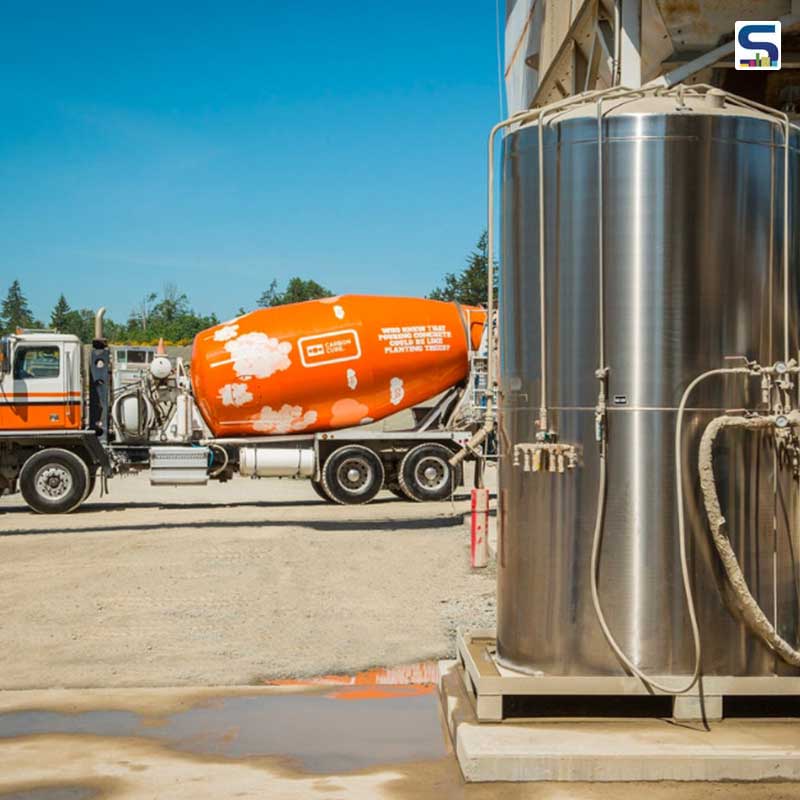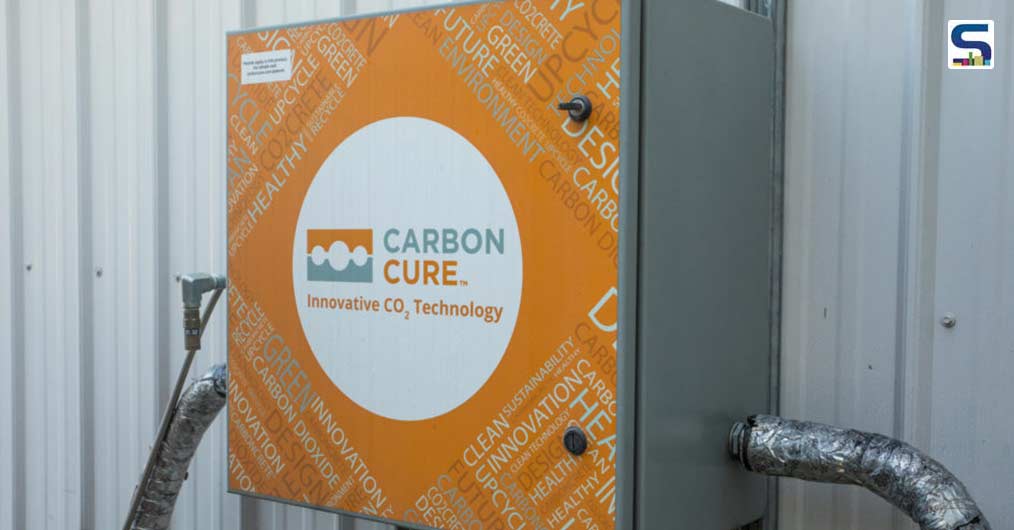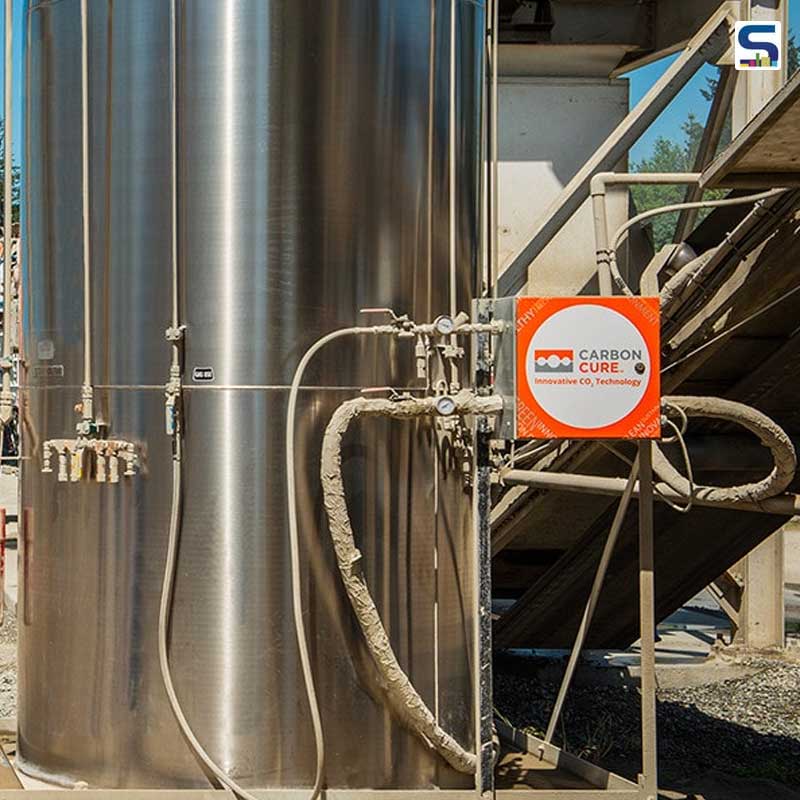
Upon receiving his Masters in Engineering degree from McGill University in Montreal, Quebec, Rob Niven attended the United Nations summit on climate change. The meeting got him thinking about ways to reduce carbon emissions. Eventually, this led to the inception of a company that would reduce carbon emissions which is rising due to the use of concrete.
Niven had studied and learned about concrete during his college years. He learned that CO2 can be converted into a mineral that is within concrete. This led him to think as to why this process could not be used in everyday building concrete.

The process
During the chemical process, CO2 becomes calcium carbonate when it interacts with the concrete. This makes the concrete stronger. This is where he hatched the idea of CarbonCure – a range of technical innovations which are designed to help concrete producers add carbon dioxide to their concrete. When cement is mixed using CarbonCure technology, CO2 is reduced by an average of 25 pounds per cubic yard. Although it is not a cure to get rid of CO2 entirely or to capture it, it does help in reducing the carbon footprint of the built environment and make concrete more competitive in the green building market.
CO2 is permanently implanted in the concrete once it is used in the manufacturing process. This allows reducing the carbon footprint without compromising its performance. Using CarbonCure to create concrete will help reduce cement use and reduce the carbon footprint of the concrete industry.
CarbonCure uses CO2 which is sourced from industrial emitters. The technology is thereon added into existing concrete plants where CO2 is injected into a hopper or central mixer. The CO2 reacts with the calcium ions from cement to form a nano sized calcium carbonate mineral that becomes permanently embedded in the concrete.
Durable as regular concrete but without a high carbon footprint, the end product ends up being stronger. That said, even during the process, the gas won’t escape when a concrete structure is demolished and pulverized because it no longer exists.

At present
CarbonCure, today, is a full-fledged Canadian carbon-tech company and is known to make cement-like material from CO2 that reduces the carbon footprint of concrete. In 2020, the company attracted a lot of attention when it acquired a large investment from Amazon’s $2 billion Climate Pledge Fund and the company is also backed by Bill Gates. Furthermore, CarbonCure aims to achieve net-zero carbon emissions by 2040.
Nearly 400 concrete plants around the world reportedly use CarbonCure’s concrete technology.
Image credits: CarbonCure